MiG-21s, MC-21s and the overrated Typhoon: In conversation with FlightGlobal’s Stephen Trimble
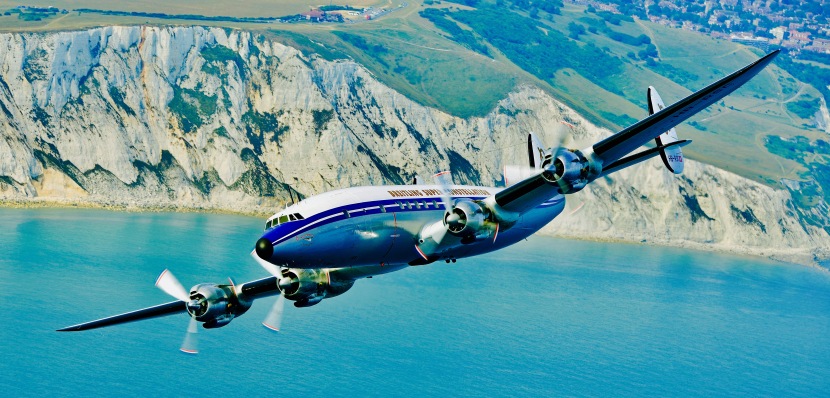
The Super Constellation, the Carry Grant of airliners.
More often than not, the first time you hear breaking aviation news it will be via Flight Global‘s Stephen Trimble. Hush-Kit met him to talk turkey.
This site exists thanks to people like you donating. Help us carry on by using the donation buttons above and below. Many thanks to those who help us.
What’s your name and what do you do?
You’re smart to start with a softball. My name is Stephen Trimble. I manage FlightGlobal’s news coverage in the Americas and I write about aviation news almost everywhere, with a particular focus on commercial aviation and propulsion.
What is the most underrated current aircraft programme? And why?
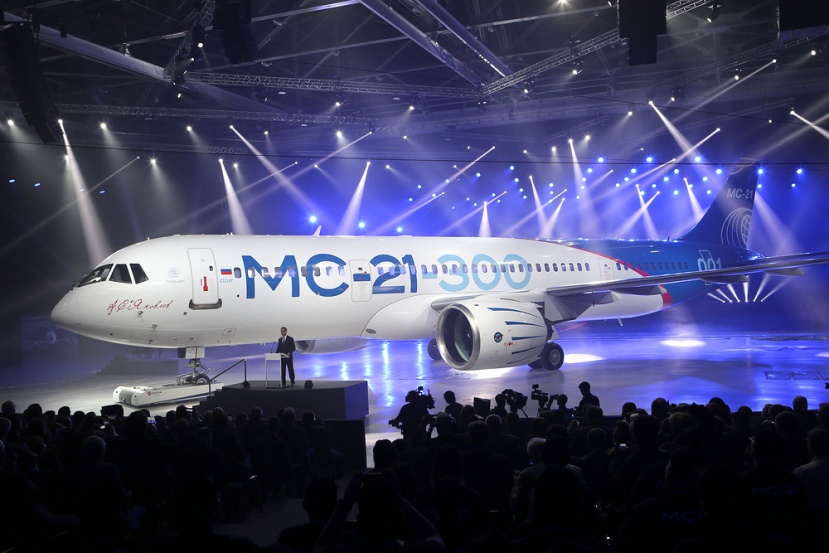
The best MC since Ghostface Killah.
The Irkut MC-21. A case could be made for the Bombardier CSeries, given its order book compared to its technology and raw potential. By that standard, however, I would argue the MC-21 on paper comes out slightly ahead. Say what you will about Russian manufacturing and product support (and you’d be correct), but the paper design of the MC-21 is very impressive and, I think, under-appreciated. If the Comac C919 represents China’s attempt to replicate the A320neo’s performance and technology, the MC-21 looks more like Russia’s attempt to slightly surpass the best from Airbus and Boeing in the narrowbody sector.
For passengers, the MC-21 is slightly wider than the Airbus A320 and the cabin is pressurized at 6,000ft, which is a cozy 2,000ft below the narrowbody standard. For pilots, it has a modern cockpit with fly-by-wire flight controls coupled to the first application of active side sticks in commercial aviation. For airlines, it offers Pratt & Whitney’s geared turbofan engines and highly efficient composite wings. The MC-21 wing box and panel itself is fashioned using a liquid resin that is cured into dry fiber tape in an oven rather than an autoclave. That makes the Russian process potentially, if it works, a step ahead of the more laborious autoclave-based systems used elsewhere to make composite material for primary aircraft structures.
What was the best fighter of World War II? Answer here
That’s not to suggest that I think the MC-21 design fully offsets the industrial and, let’s be honest, political challenges of buying Russian commercial aircraft. In a market segment with upwards of 25,000 deliveries forecasted over two decades, FlightGlobal expects Irkut to deliver about 700 MC-21s, which is infinitesimal compared to its rivals. However, if Airbus or Boeing had opted out of re-engining in favor of replacing the A320 and 737, I submit you’d see a clean-sheet design with at least the same cabin width and pressurisation level as the MC-21, along with state-of-the-art fly-by-wire controls laws and safety-enhancing active side sticks.
What is the most underrated historical aircraft? And why?
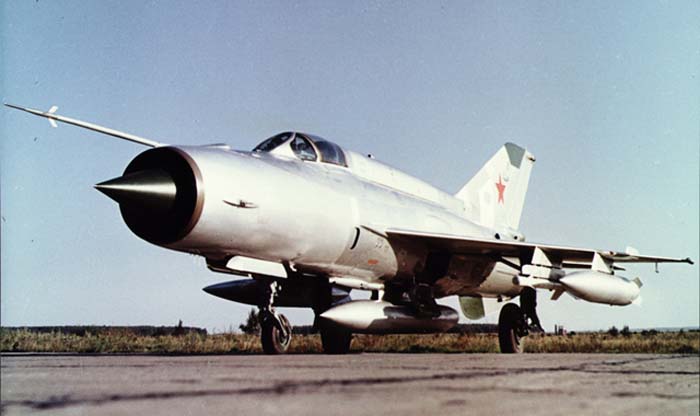
No-one ever found out what the word ‘Fishbed’ meant, but that didn’t stop the MiG-21’s global success.
Not to over-use the Russian angle, but I’ll go with the MiG-21. Sure, the ‘Fishbed’ wasn’t the best fighter of its era, but among contemporaries it wasn’t bad either. But its dogfighting skill is, I believe, secondary to it’s true importance. I consider the MiG-21 as the Kalashnikov of second-generation supersonic fighters. Its acquisition instantly endowed dozens of countries with respectable airpower for a relatively small price (albeit not politically). That with a few electronic upgrades the MiG-21 remains a potent modern weapon (see the Cope India exercise in 2006) suggests the Russians know how to make a hardy and adaptable weapon system. My runner-up would be it’s American contemporary, the Northrop F-5, for many of the same reasons.
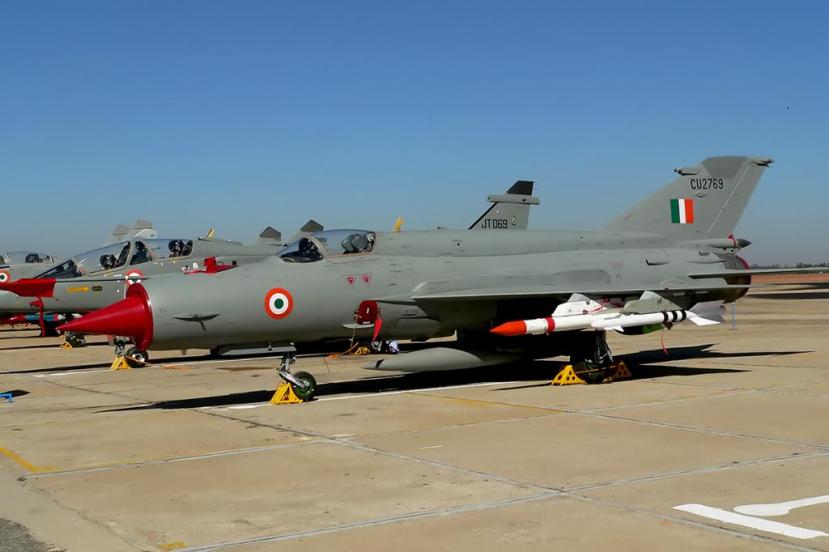
The MiG-21 Bison: vintage ballbreaker.
What is the most overrated current aircraft, and why?
This is the kind of question that gets me into trouble, but I’ll answer it. I often like to immediately answer this question with “Eurofighter Typhoon”, simply because I enjoy how much that annoys a few of my favorite British friends (JL: are you reading this?). Instead, I’ll annoy everyone and award my most over-rated honor to the Airbus A320neo family. I understand, of course, the seat-mile economics that make some versions of this aircraft family more popular than, say, the current line-up of 737 Max models. I also understand the industrial and competitive logic that drove Airbus to re-engine and not replace the A320. But I am convinced a lot of structures and systems technology available today that could make air travel more comfortable and efficient gets left on the drawing table, due merely to the dynamics of Airbus-Boeing duopoly in the narrow body sector. See my response about the MC-21 for more details.
What is the most overrated historical aircraft?
Clearly, it was initial reaction by the West to the MiG-25. It was supposedly a high-speed SR-71 killer with the dogfighting prowess of an F-15 (which, by the way, the USAF completely re-spec’d after first sighting the Foxbat on May Day in 1967). We have Viktor Belenko’s defection to thank for finally exposing the truth about the MiG-25. The Foxbat was still a grand achievement by the Soviets, but it was not the magical beast that many in the West made it out to be. It’s an example that I think aerospace journalists must always remember. It’s our job to question extravagant claims about the capabilities of new aircraft, be they ‘our’s’ or ‘their’s’, and be careful to fall into the trap of promoting agendas based on hype.
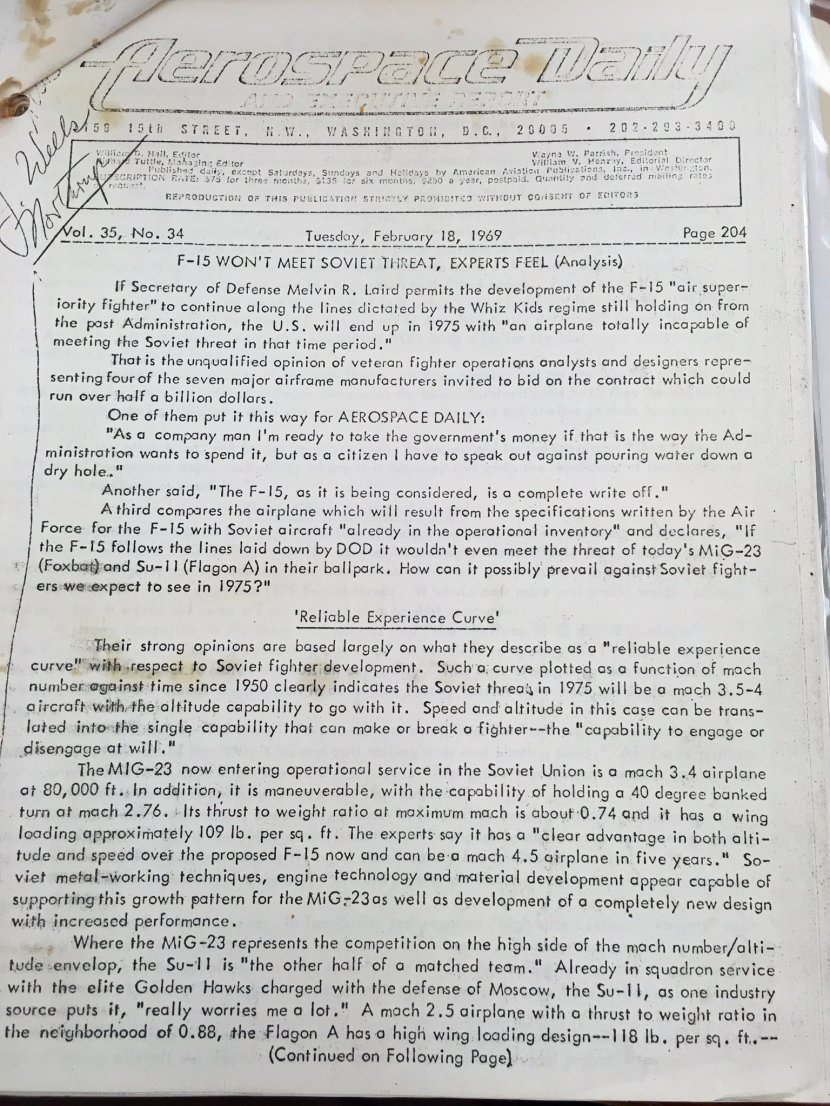
Is it possible to write about military aircraft in a non-political way? Is there a risk of normalising them by celebrating the amazing technology they include?
This is a great follow-up to your last question. I used to work at Jane’s, where I learned the remarkable story of founder Fred T. Jane. He started Jane’s Fighting Ships around the turn of the last century after working for years as an artist in Portsmouth. A favorite subject of his sketches were the many naval warships that would call at Portsmouth to refuel. Opsec being a bit different in those days, Jane often invited himself aboard foreign warships, allowing him to see and draw the various systems, including armor, propulsion and weaponry, up close. Jane recognized that what he saw in real-life often clashed with the hype he read in certain newspapers or heard from certain politicians. With the publication of books like Jane’s Fighting Ships, the public finally had a reference to compare against that hype. If a politician said the German navy had a battleship twice as fast as the Royal Navy, the public could then consult Jane’s Fighting Ships to examine the data.
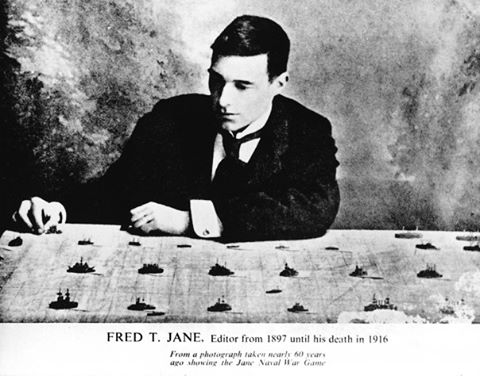
L4, frigate! Hit but not destroyed.
If the specialty military and aviation trade press have one thing to contribute, I believe it’s to act as the public’s check on the hype generated by the proverbial military-industrial complex. Obviously, there’s a limit on what we can know without a security clearance and access to things like MASINT data, but we should do our best to know everything that it is possible to know. It’s very difficult to detect the precise line between fact and hype, but it’s our duty as journalists to try our best to get as close to the mark as possible.
Top Mach 3 fighters here
As for the risk of “normalizing” a weapon system, your point is well-taken. I usually struggle to hide a wince when I read a phrase like “the beloved A-10”, to use a recent example, in a news story. That said, it’s also clear to me that the most modern fighter aircraft today represents the pinnacle of mankind’s ability to extract the most performance from a machine, and at some level you have to appreciate that or you wouldn’t be human.
Is there any investigative journalism in aviation journalism? If so, can you give an example.
Absolutely. Military aviation, in particular, requires advanced investigation, using tools such as FOIA (the USA’s useful although limited open records law) and carefully cultivated sources. The folks over at The Drive blog — Tyler Rogoway and Joe Trevithick, in particular — have effectively weaponized FOIA against Pentagon bureaucrats and the US aerospace industry. On the commercial side, I again have to point to my old co-worker Ostrower as the master at penetrating corporate smokescreens. His former colleague at the Wall Street Journal, Andy Pazstor, has the FAA and NTSB wired, to use an increasingly popular term.
How do you balance impartiality with not offending aerospace advertisers – is this ever tricky?
I don’t balance reporting with advertising for our magazine. If that causes advertising relationships to become tricky, it’s not something that involves me.
What was the greatest news coup of your publication?
My colleagues are doing great work every day. But my favourite “news coup” still comes from a remarkable five-year run of Boeing and 787 coverage by Jon Ostrower at FlightGlobal, which catapulted him to the Wall Street Journal in 2012 and more recently CNN. I’ve seen a lot of great aviation coverage over the years by several news organisations, but nothing else I’ve seen in my experience that compares with that stretch. It was thrilling to watch from a few feet away.
What advice would you give to those wishing to write about aviation?
If you mean writing news about aviation, let me encourage everyone who has even a little interest, but with a very important caveat. I recommend that you first learn how to write news independently from the aviation field, and then apply those skills to aviation. I’ve found it’s much easier to teach someone about aviation than about how to write a news or feature article under tight deadlines. There are many exceptions, but there’s a reason we call them exceptional.
What is the greatest myth about the F-35?
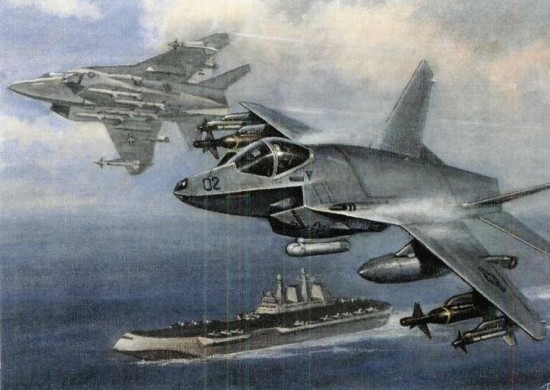
A pre-JSF supersonic ‘Super Harrier’ concept.
I think people lose sight of how the F-35 program was viewed after contract award in October 2001, which I covered. If you’d have told me then what we know today about the average unit costs and the schedule for milestones like IOC and Block 3F delivery, I’d probably assume the program wouldn’t have survived the scandal. It was just supposed to be so much cheaper and easier. That it has survived is probably due to the skill of the most recent program manager, Lt
Gen Chris Bogdan. His immediate predecessor, Vide Adm David Venlet, stabilized what seemed in 2010 in some ways like a sinking ship, then Bogdan kept that ship on course without hitting another Titanic-sized iceberg, if I may mix my metaphors a bit recklessly.
See here: The F-35 will fail, until the US learns to share
What are the best- and worst-run aircraft projects?
My vote for best-run is probably the Saab Gripen. Many have tried, but never has a country done more with fewer natural political and industrial advantages than the airpower Lilliputians of Linkoping, to mix my fictional and factual geographical references.
(HK: Bill Sweetman would concur)
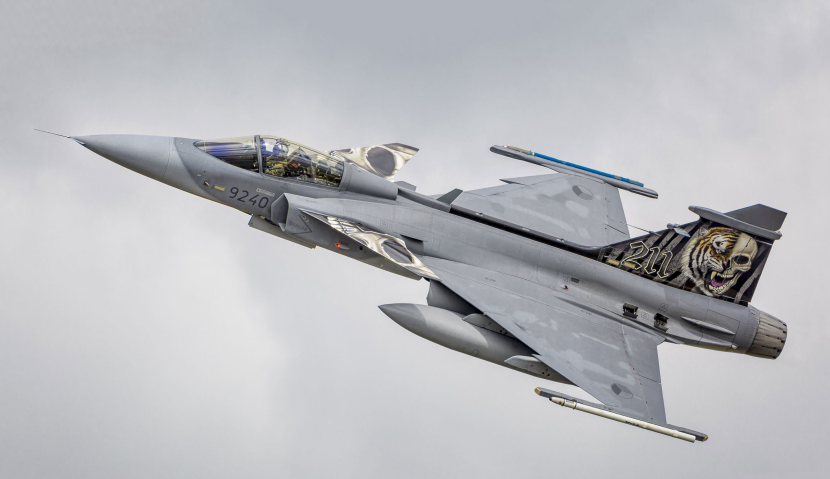
A Gripen operated by Iron Maiden’s small highly-trained air force of heavy metal singers.
I’m not sure about worst-run, but I’d say the project most under scrutiny today is the geared turbofan engine. By all accounts, it’s meeting Pratt & Whitney’s ambitious fuel efficiency targets. But it’s been dogged by teething issues in-service and its inability to meet ramp-up targets has been a burden for Bombardier and Airbus. P&W says it has to plan to fully recover on both fronts by the end of the year, and I hope they make it. There’s several programs, and, indeed, entire national industries, depending on it.
Your Tweeter feed features some fascinating material – where do you find it?
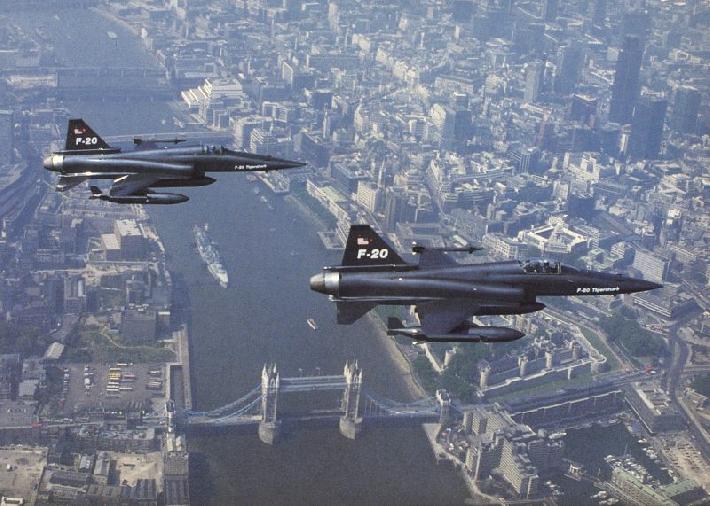
The original ‘Gripen’, the cancelled F-20 Tigershark.
Everywhere, really. My job and travels allow me to often see very interesting things, so I share those on Twitter as much as possible. So much pops up in discussion forums like the UK’s Secret Projects, Russia’s Paralay and the Sino Defence Forum, so I like to highlight that stuff whenever I can. And I love a deep-dive down obscure aerospace history, which sometimes yield gems. I spent the last few days on vacation digging through the fabulous aerospace collections at the Huntington Library, where I found Northrop’s internal stop work order on the F-20 and an epic rant of a memo on “idiot charts” from Kelly Johnson to his Skunk Works staff in 1963. I don’t have a place to put that stuff in our news coverage, so Twitter makes a nice, easy and free outlet.
Dangerously distracting list of aviation articles here.
Do you have a favourite aircraft- and if so, why?
My favourite aircraft is the Lockheed Model 1049 Super Constellation. I had the privilege to fly on the Breitling Connie at Farnborough in 2014, which is a career highlight. The DC-6 was probably more versatile and certainly more popular with airlines, but, with apologies to the BAC/Aerospatiale Concorde team, I still prefer the way Hall Hibbard and Kelly Johnson melded style and performance with the Connie.
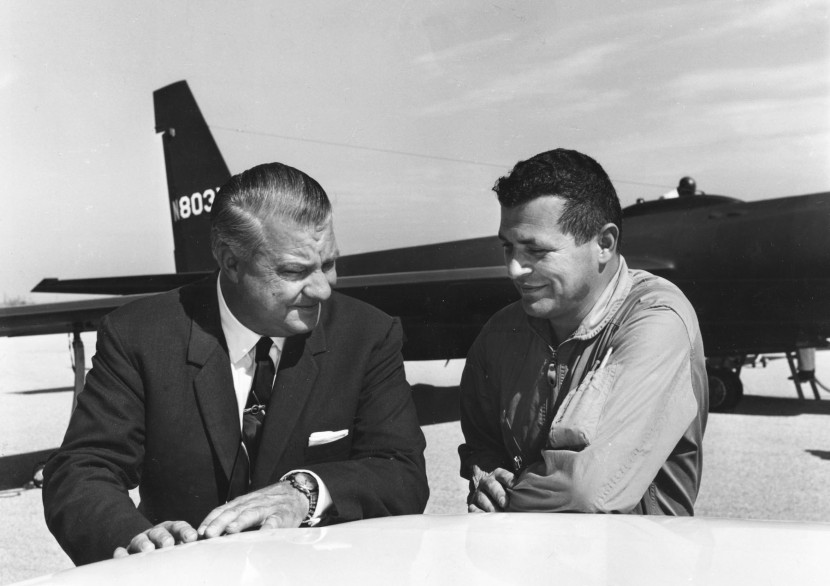
Gary Powers: “I’ve got a bad feeling about this”
What should I have asked you?
Anyone who knows me knows that by now I wished that you had asked me about my ride several years ago at the Paris Air Show in a Boeing F/A-18F Super Hornet, which was lovely. And thank you for asking.
Can you tell me about any very strange aircraft projects that I’m unlikely to have heard of?
That YOU are unlikely to have heard about? Impossible.
If this article interests you, support Hush-Kit.net with a donation (buttons above and below). If this goes well we’ll be able to give you much more! Recommended donation £12. Many thanks for helping to keep us impartial and independent.
You may also enjoy A B-52 pilot’s guide to modern fighters, Flying and fighting in the Lightning: a pilot’s guide, Interview with a Super Hornet pilot, Trump’s Air Force Plan, 11 Worst Soviet Aircraft, 10 worst US aircraft, and 10 worst British aircraft

An aeroplane/shark hybrid about to be released into the wild.

Great to see my friend Stephen Trimble on this site. We meet up at Oshkosh every year a place a Hush kit needs to visit next year.
I was reading, ST, and was so delighted to be a favourite friend that I quite ignored your snarky jibe about Typhoon…